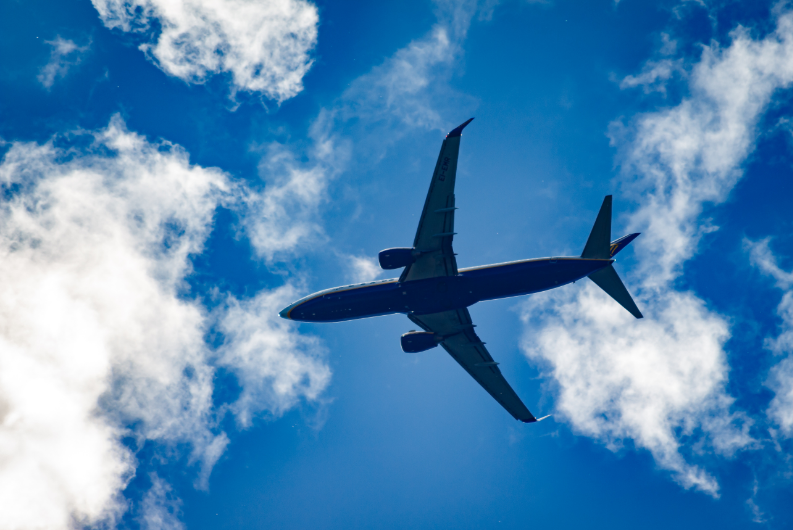
By Dr Heather Jeffrey
Birmingham Business School in Dubai, University of Birmingham
Since the outbreak of the pandemic international travel has been shaped or even curtailed by a variety of factors, not least a fear of catching the virus on a plane or at an airport. The sudden closure of borders, risk of hotel quarantines, crippling costs associated with testing and just general uncertainty towards what additional requirements might be needed by individual countries have meant staycations for many. Last summer, the sudden inclusions and exclusions of islands from green and amber lists shaped demand for a variety of destinations and also saw some changing flights at the last minute.
As testing requirements in the UK ease and with the Easter and summer holidays fast approaching, tourism operators and airlines are reporting increases in demand to getaway. While demand may increase, the international travel map will still be shaped by the requirements of individual destinations requiring proof of vaccination, negative test results, or even a period in quarantine. The increase in demand reported by tour operators is compared to 2021, which was a particularly dismal year for the tourism industry; in fact, international tourist arrivals were 72% below the pre-pandemic year of 2019.
Yet, while recovery may be slower than what is being optimistically reported by looking at previous crises impacting the international tourism industry, we can see how resilient it is. After the SARS in 2003, it took the industry just five months to begin recording growth; after September 11, it was six months, and after the global economic crisis, it was 10. However, there have been fluctuations in various regions; for example, we saw reduced arrivals to the continent of Africa during the Ebola crisis or political instability in North Africa. This tells us that demand for international travel remains high, and many tourists will likely swap one destination in favour of another if it means that they can continue to enjoy a few weeks away.
In 2021 Europe and the Americas recorded the most significant increase in arrivals compared to 2020 (+19% and +17%, respectively), but this remained at 63% below pre-pandemic levels. While international tourism begins to recover, when travel experts were asked about the role of domestic tourism in the recovery of their destination, less than half believed it was playing a significant role. During the global economic crisis, the term ‘staycation’ was an attempt to encourage people to stay home for their holidays. The staycation may grow in popularity if local regulations allow and international rules discourage travel abroad.
We will not know what 2022 looks like for international travel until the end of the year, and the current situation is in flux due to vaccinations and variants. However, international travel will recover slowly, but it is debatable how welcome that scenario may be to environmentalists. On the other hand, slow, domestic tourism could show tourists a new way to appreciate their time out, if only the rain would also take a break!
The views and opinions expressed in this article are those of the author and do not necessarily reflect the official policy or position of the University of Birmingham.
